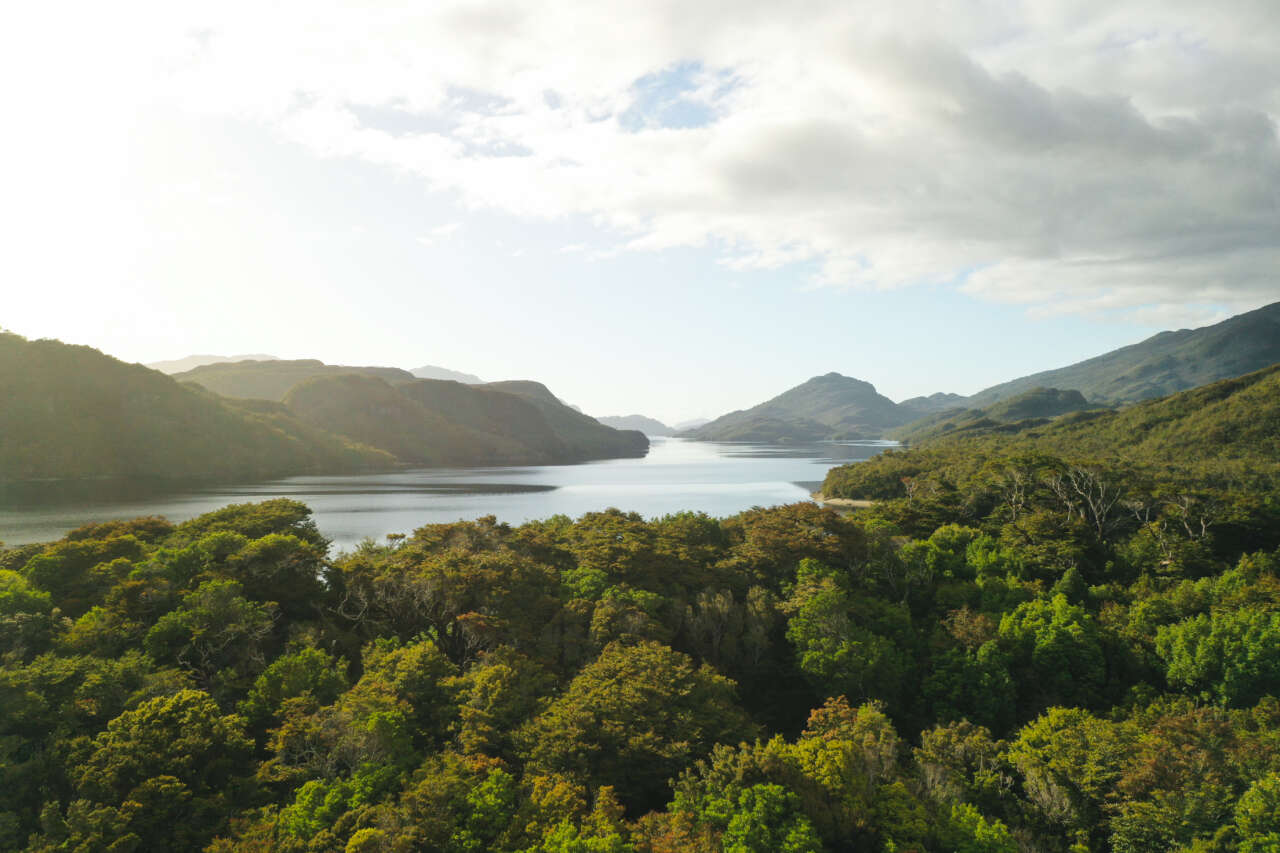


October 17, 2023. – How much are ecosystems worth? How much natural capital is contained in protected areas? How much does the country lose if they are destroyed or degraded? A recent study by the Austral Patagonia Program of Universidad Austral de Chile helps answer these questions by estimating the minimum economic contribution of the environmental services provided by the Aysén Region ecosystems, focusing on seven national parks. The results suggest that the minimum estimated value for these parks as a whole amounts to US$ 4,498,361 per year, with native forests, glaciers, and ice fields as the ecosystems with the greatest impacts.
“Today it is crucial to give an economic value to the ecosystem services provided by water supply or climate regulation from old growth native forests. To support this, we have conducted a study that estimates, in a very moderate way, how much these functions are worth. Quantifying the value of water purification by wetlands, or water regulation services provided by glaciers, just to name a few, is extremely important when making decisions that could affect their integrity,” said professor Juan Carlos Miranda, economist, statistician, and scholar with the School of Economics and Administrative Sciences of Universidad Austral de Chile, who leads this line of research within the Austral Patagonia Program.

According to Miranda, this initiative is in line with the creation –in January 2024– of the Natural Capital Committee, chaired by a representative of the Ministry of the Environment, the Ministry of Finance, and the Ministry of Economics, Promotion, and Tourism, and the Central Bank of Chile, whose mission is to develop economic-related environmental information and insights for the country’s budgetary and productive financial decision-making. According to the report, “In spite of the huge contributions they make, ecosystems are often underestimated. They are considered “public goods” or “common resources”, excluding them from traditional economic analyses and policy decisions”, adding that this oversight can lead to “market failures” and ecosystem degradation.
Focused on the Queulat, Cerro Castillo, Laguna San Rafael, Patagonia, Isla Guamblin, Isla Magdalena, and Melimoyu National Parks –all of them located in the Region of Aysén– the researchers applied the design of an empirical tool that calculates the economic value of the annual flow of ecosystem services provided by the ecosystems present in national parks; for example, they identified that food and fiber supply services provided by forests have the highest economic value, followed by water regulation services provided by glaciers, other forest-provided services (air and nutrient regulation, among others), and climate regulation services provided by bushes. “It shouldn’t be surprising that supply services prevail in terms of value since, in many cases, markets have been established to facilitate their valorization. In contrast, climate or water regulation services, as well as cultural ecosystem services, are often less visible, not because they are unimportant but rather as a consequence of missing data and established markets that can define their value”, reads the report.
“Inevitably, some ecosystem services remain unvalued due to insufficient data to establish a minimum figure. Therefore, it is critical to acknowledge that relying on information is crucial to have an accurate economic valorization of ecosystem services”, added Miranda. Along these lines, the study also highlights that all the values it contains are minimum levels and represent the lowest economic amount provided by ecosystems and national parks to people; hence, their damage or disappearance would be extremely costly for Chile and its inhabitants.
In fact, if the snow and glaciers would be removed from the Laguna San Rafael National Park, losses would amount to at least US$980 million in terms of the ecosystem services that they provide. Similarly, if forests in the Isla Magdalena National Park are removed, at least US$5.9 billion would be lost. Together, the loss or damage of the national parks studied in the Region of Aysen could cost Chile at least US$4.5 billion, all in annual figures. “This exercise performed in only seven national parks using conservative figures reveals that the value of the ecosystem services is equivalent to 1.5% of the national GDP in year 2022. If we were to assess the value of all the country’s national parks, the figure would leave no one indifferent”, stated economist Roberto Pasten.
“It is crucial for decision-makers to understand the economic value of these ecosystems so that the budgets allocated to their conservation can guarantee their protection. In former studies we have determined that the financial gap is huge; knowing –in economic terms– the natural capital that could be at stake should move and guide government officials”, concluded Dr. César Guala Catalán, director of the Austral Patagonia Program of Universidad Austral de Chile. On this regard, it should be mentioned that the 2024 budget bill raises the economic resources allocated to the National System of State-Protected Wilderness Areas (SNASPE) by 0.9% compared to this year’s figure. The calculated gap reveals that adequate management of these areas requires an increase of close to 100%.









